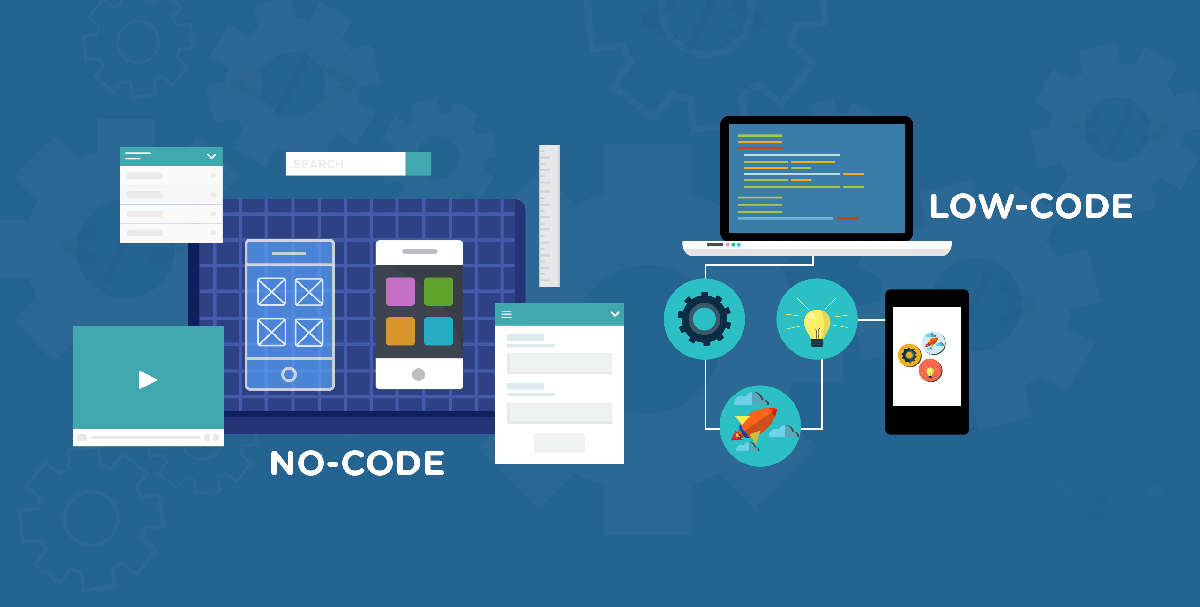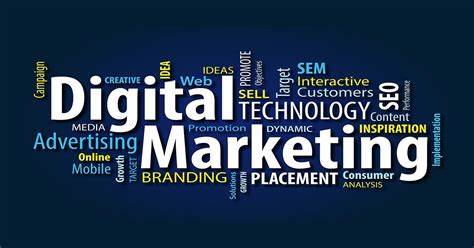Software Development Trends in 2025, The software development landscape is evolving rapidly, driven by advancements in technology and the ever-growing demands of businesses and users. Staying updated on the latest trends is essential for developers, businesses, and tech enthusiasts aiming to remain competitive and innovative.
In this blog, we will explore the top software development trends shaping 2024. From emerging technologies to refined methodologies, this guide offers insights into what’s defining the industry this year.
Artificial Intelligence (AI) Integration
AI is no longer a futuristic concept; it is an integral part of software development today. Companies are incorporating AI to enhance user experiences, automate tasks, and improve decision-making processes.
Key Applications of AI in Software Development
- Chatbots and Virtual Assistants: AI-driven tools like ChatGPT enhance customer service and support.
- Predictive Analytics: Helps businesses make informed decisions by analyzing user behavior and market trends.
- Automated Testing: AI improves software testing by identifying bugs and optimizing code efficiency.
Why It Matters
AI not only accelerates development processes but also delivers smarter, more intuitive software solutions.
Low-Code and No-Code Development
Low-code and no-code platforms are democratizing software development by enabling individuals with minimal technical knowledge to create applications. These platforms simplify development with drag-and-drop interfaces and pre-built templates.
Popular Low-Code/No-Code Platforms
- OutSystems: For enterprise-level applications.
- Bubble: Ideal for web app creation.
- Zapier: Focuses on automating workflows.
Benefits
- Faster development cycles.
- Reduced dependency on skilled developers.
- Cost-effective solutions for small businesses.
- This trend is empowering businesses to prototype and deploy software quickly, keeping pace with market demands.
Cloud-Native Development
Cloud-native development is transforming how software is built, deployed, and maintained. By leveraging cloud environments, developers can create scalable and flexible applications.
Core Components of Cloud-Native Development
- Microservices Architecture: Applications are divided into smaller, independently deployable services.
- Containerization: Tools like Docker and Kubernetes streamline deployment and management.
- Serverless Computing: Platforms like AWS Lambda and Azure Functions reduce infrastructure management.
Why Cloud-Native is Essential
Cloud-native applications are scalable, resilient, and easier to update, making them ideal for businesses operating in dynamic environments.
Edge Computing in Software Development
Edge computing involves processing data closer to its source rather than relying solely on centralized cloud servers. This approach is crucial for applications requiring real-time data analysis.
Applications of Edge Computing
- IoT devices for smart homes and cities.
- Autonomous vehicles.
- Gaming applications requiring low latency.
Benefits
- Faster data processing and reduced latency.
- Enhanced privacy and security as data is processed locally.
- Cost savings on bandwidth.
- Edge computing is shaping software development in sectors like healthcare, automotive, and telecommunications.
Rise of DevSecOps
As cybersecurity threats grow, integrating security practices into development workflows has become a priority. DevSecOps (Development, Security, and Operations) emphasizes security at every stage of the software development lifecycle.
Key Practices in DevSecOps
- Continuous security testing.
- Automated vulnerability scanning.
- Secure coding practices.
Advantages
- Reduces risks of data breaches and vulnerabilities.
- Ensures compliance with industry standards.
- Builds trust with users by delivering secure applications.
- DevSecOps is vital in industries where data security is paramount, such as finance and healthcare.
Blockchain in Software Development
Blockchain technology is no longer limited to cryptocurrencies. Its applications in software development are expanding across industries.
Use Cases
- Smart Contracts: Automating agreements in industries like real estate and finance.
- Decentralized Applications (DApps): Providing transparent and secure solutions.
- Supply Chain Management: Enhancing traceability and accountability.
Why Blockchain is Trending
Blockchain offers unmatched transparency, security, and reliability, making it a game-changer for sectors like finance, healthcare, and logistics.
Focus on Sustainability
Sustainable software development is gaining attention as businesses aim to reduce their carbon footprint. This trend includes creating energy-efficient software and optimizing resources.
How Developers Can Contribute
- Write energy-efficient code.
- Utilize green hosting services.
- Optimize algorithms for better resource utilization.
Sustainability in software is not just a trend but a necessity in the face of environmental concerns.
Cross-Platform Development
The demand for applications that work seamlessly across multiple platforms continues to grow. Cross-platform development frameworks are evolving to meet this need.
Popular Frameworks
- Flutter: Powered by Google, known for its performance and flexibility.
- React Native: Backed by Meta, ideal for building mobile apps.
- Xamarin: Focused on delivering native app experiences.
Benefits
- Reduced development costs.
- Faster time-to-market.
- Consistent user experience across platforms.
Cross-platform development is ideal for businesses looking to maximize their reach with limited resources.
Continued Growth of Progressive Web Apps (PWAs)
Progressive Web Apps (PWAs) combine the best of web and mobile applications. They are fast, reliable, and work offline, providing a native app-like experience.
Features of PWAs
- Responsive design.
- Push notifications.
- Offline capabilities.
Examples of PWAs
- Twitter Lite.
- Starbucks app.
- Pinterest’s web app.
PWAs are cost-effective and offer an excellent user experience, making them a popular choice for businesses.
Artificial Reality (AR) and Virtual Reality (VR)
AR and VR are no longer confined to gaming; they are transforming industries like education, retail, and healthcare.
Applications
- Education: Virtual classrooms and interactive learning.
- Retail: Virtual try-ons and immersive shopping experiences.
- Healthcare: Simulations for medical training and therapy.
Why It’s Important
AR and VR enhance user engagement and open new possibilities for interactive software solutions.
API-First Development
API-first development emphasizes creating APIs before building the software. This approach ensures seamless integration and better scalability.
Benefits
- Enhances collaboration between teams.
- Simplifies integration with third-party systems.
- Reduces development time.
API-first development is crucial for businesses building ecosystems of connected applications.
Quantum Computing and Its Potential
Quantum computing is still in its infancy but holds immense potential for software development. It can solve complex problems much faster than traditional computers.
Applications
- Cryptography.
- Drug discovery.
- Financial modeling.
As quantum computing technology matures, it will revolutionize software development, especially in research-intensive fields.
Importance of User-Centric Design
User experience (UX) continues to be a top priority. Developers are adopting user-centric approaches to ensure applications meet the needs of their audience.
Best Practices
- Conduct user research.
- Implement feedback loops.
- Focus on accessibility and inclusivity.
Software that prioritizes UX stands out in a crowded market and drives customer satisfaction.
The software development trends of 2024 highlight the growing influence of technologies like AI, blockchain, and edge computing, alongside the rising importance of sustainability and user-centric design. By staying updated with these trends, developers and businesses can create innovative, efficient, and future-proof solutions.
Whether you’re a developer looking to enhance your skills or a business aiming to stay competitive, embracing these trends is key to success in the ever-evolving tech landscape.
Frequently Asked Questions (FAQ): Software Development Trends
Q1: What are the top software development trends in 2024?
A: The leading trends in 2024 include:
Artificial Intelligence (AI) and Machine Learning (ML) integration.
Cloud-native and edge computing.
Low-code and no-code development platforms.
DevSecOps for enhanced security.
Blockchain for decentralized applications.
Sustainability in software development.
Cross-platform and progressive web app (PWA) development.
Q2: What is AI’s role in software development?
A: AI enhances software development by automating repetitive tasks, improving testing processes, enabling predictive analytics, and personalizing user experiences. Tools like ChatGPT and GitHub Copilot assist in coding and debugging.
Q3: How are AR and VR influencing software development?
A: Augmented Reality (AR) and Virtual Reality (VR) are enhancing user engagement in industries like gaming, retail, education, and healthcare by creating immersive and interactive experiences.
Q4: What is low-code/no-code development?
A: Low-code/no-code platforms allow individuals with little or no programming skills to build applications using drag-and-drop tools and pre-built templates. Popular platforms include OutSystems, Bubble, and Zapier.
Q5: How is cloud-native development different from traditional development?
A: Cloud-native development leverages cloud services to build scalable and flexible applications. It uses technologies like microservices, containerization, and serverless computing, unlike traditional development, which relies heavily on physical infrastructure.
Q6: What is edge computing, and why is it important?
A: Edge computing processes data closer to its source (like IoT devices) rather than centralized servers. It reduces latency, enhances security, and is ideal for real-time applications like autonomous vehicles and smart cities.
Q7: What are Progressive Web Apps (PWAs)?
A: PWAs are web applications that deliver a native app-like experience. They are fast, reliable, work offline, and are cost-effective. Examples include Twitter Lite and Starbucks’ web app.






